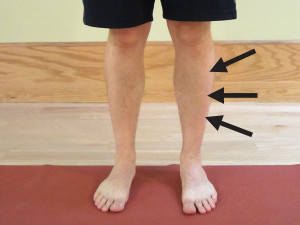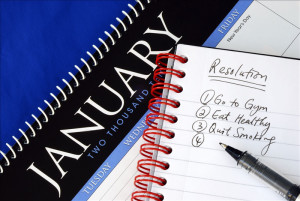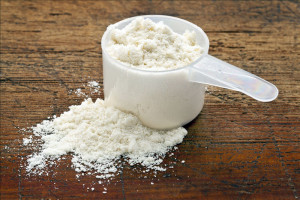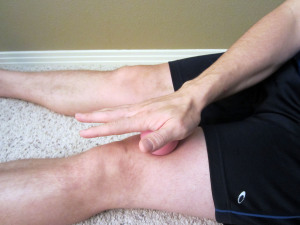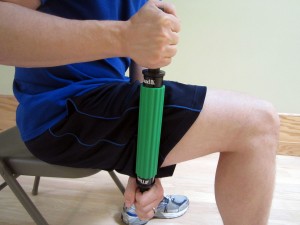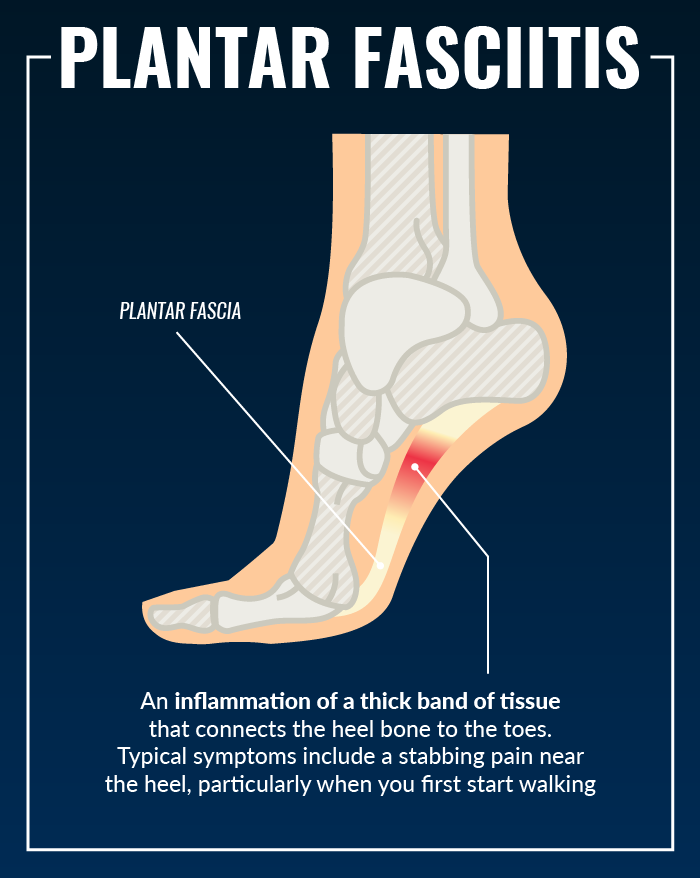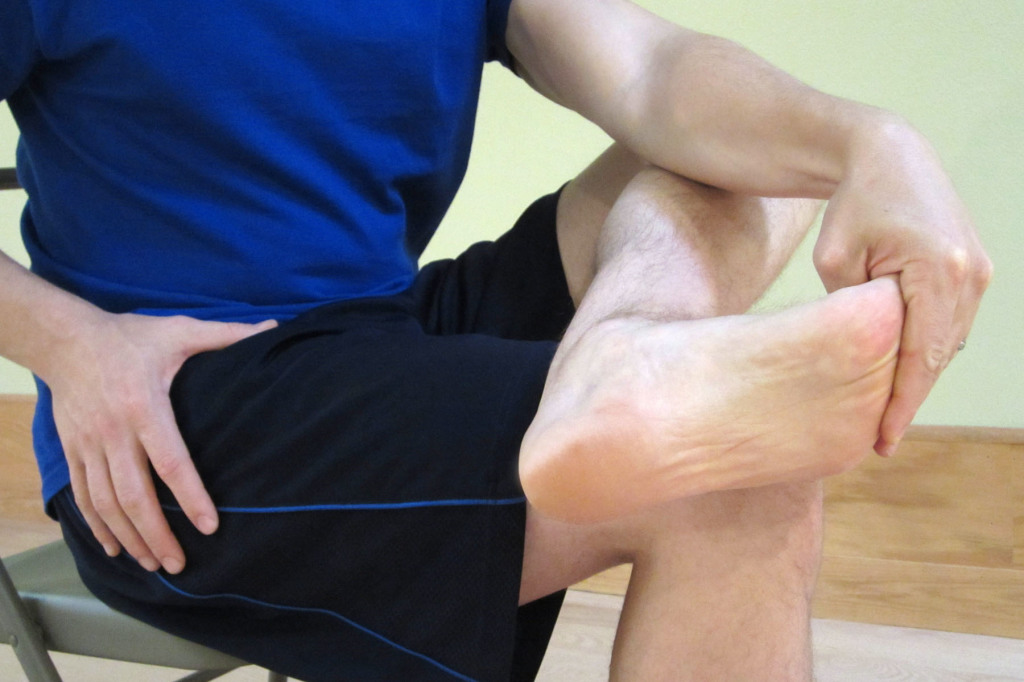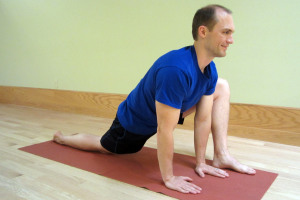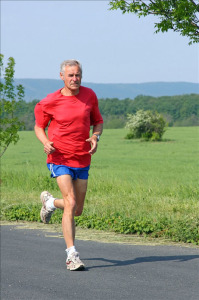The term shin splints, also known as an anterior compartment syndrome, refers to pain along the shinbone (tibia), the large bone in the front of your lower leg. Shin splints can be excruciatingly painful to the point that you may struggle to walk or run. Worse yet, the pain can linger for weeks to months, but it may not be severe enough to prevent you from exercising. However, it will take the fun out of exercising and running. I will address the common causes for shin splints and share my top tips to prevent shin splints. I provide treatment options in How to Self-Treat Shin Splints.
Shin splints are typically caused by inflammation in the lower leg anterior muscles known as the anterior tibialis muscle. This is the primary muscle needed to lift your foot. Shin splints are often considered an over use injury. Unfortunately, shin splints are relatively common in runners and dancers.
As a physical therapist, I commonly treat acute cases of shin splints that occur when an individual suddenly increases his/her training volume by largely increasing the distance he/she is running. This condition may also occur when an individual isn’t appropriately trained for downhill running. Running downhill causes the anterior tibialis muscle to work very hard in an eccentric manner (meaning that the muscle is lengthening). This can very easily overwork a poorly trained muscle and may cause pain and inflammation.
Common Causes of Shin Splints include:
- Flat feet, which cause overpronation while running.
- Poorly fitting or worn out shoes.
- Tightness in the calf muscle or Achilles tendon.
- Weak ankle muscles (particularly the anterior tibialis). Shin splints are also associated with weakness in the other muscles of the ankle and foot.
- Weakness in the hip, pelvic, and/or core muscles can lead to faulty gait mechanics, which causes shin splints or possibly other knee and lower extremity injuries.
- A change in running surfaces. This is most evident when transitioning from a softer running surface, such as dirt, to a concrete running track.
- Stress fractures in the shin (tibial bone). Also, stress fractures in the foot can cause alterations in running form which may lead to shin splints.
- Training overload. The muscles of the anterior shin (the anterior tibialis) are performing training intensities and volumes that they are incapable of doing. This causes inflammation, swelling, and pain.
How to Prevent Shin Splints:
- Check your shoes. Your shoes may be worn out and may be the cause of the pain. If you wear a shoe that helps to limit overpronation, remember that the inner cushion and structure of the shoe can wear out before its outer appearance. If this occurs, the shoe can no longer adequately control inappropriate foot and heel movements such as overpronation. Shoes typically only last 350-500 miles. If you are nearing those miles, then it may be time to change. If you’re unsure if your shoes are performing correctly, visit your local running shoe store. The trained staff can inspect your shoes for wear and tear. They may ask you to walk or run in order to watch your gait to fit you in the appropriate shoe. Another option to help control overpronation is an over-the-counter orthotic such as Superfeet Blue Premium Insoles. The blue tends to fit most feet, but a variety of options are available for customization. In my experience, these insoles can last 1,000 to 1,500 miles easily. If the over-the-counter options aren’t helping you, please see a physical therapist or podiatrist for custom orthotics.
- Progress slowly into a minimalistic shoe. If you are used to a standard built up shoe, progressing into a minimalistic shoe may be more difficult and take more time. Unless you are a child or teenager, expect a safe transition to take at least three months. Don’t transition during a period of intense sports. I highly recommend waiting until the off season as progressing slowly is always a better choice.
- If you change running surfaces, progress slowly. If you are used to running on softer surfaces, such as dirt or a running track, progress carefully and slowly when you run on a harder surface like concrete. Over all, softer running surfaces are better for your body.
- Have your gait analyzed while running. Gait or running abnormalities can increase your risk of developing shin splints. Over striding tends to occur while running downhill. Check with your local running store or a physical therapy clinic for a monthly gait analysis clinic. If you’re unable to obtain a gait analysis, ask your spouse or a friend to video record you (from behind) while you’re running. Then watch the recording to see if you notice over striding or any abnormalities.
- Warm up prior to exercise. I recommend that you increase your normal warm up time by at least 10 minutes in order to increase blood flow to the area. This allows for better mobility and also prepares the tissues for exercise. Consider using a self-massage tool to roll up and down the anterior tibialis as part of your warm up. My favorite self-massage tools for this area include the Thera-Band Standard Roller Massager and The Stick Self Roller Massager.
- Cool down. After performing your exercises, take extra time to cool down and stretch. Focus on calf stretching as well as general lower extremity mobility stretches. Use the same self-massage tools as you did during your warm up. If you are prone to developing shin splints, I highly recommend regular massage and mobilization of the anterior tibialis muscle.
- Improve your mobility. Mobility issues and myofascial restrictions in the lower legs are highly correlated with the development of shin splints. Use the foam roller to address any lower leg tightness or restrictions. To learn how to use a foam roller, please refer to Foam Rolling for Rehabilitation.
- Strengthen the stabilizing muscles of your hips and ankles. Strengthening the muscles of your hips and ankles will help to maintain normal gait mechanics during exercise and running. Not only will this help to prevent shin splints, it will likely help to prevent developing other orthopaedic issues such as plantar fasciitis and hip or knee pain. Please refer to Ankle Resistance Exercises and How to Safely Self-Treat Low Back Pain for my recommended hip and lumbar stabilization strengthening exercises.
- Improve your balance. Poor balance is often associated with muscle weakness in the foot and ankle as well as the knee and hip musculature. Weakness and balance deficits can lead to poor foot mechanics, which can lead to excessive strain on the plantar fascia. Improving your balance can help to reduce the risk of shin splints and is an important part of the rehabilitation. Please refer to Improving Balance by Using a Water Noodle, How Do I Improve Balance? (Part I), and How Do I Improve Balance? (Part II).
- Train for running downhill. Running downhill forces the anterior tibialis muscle to work much harder than it would otherwise. Running downhill causes the anterior tibialis to perform more eccentric (when the muscle gets longer) loading and repetition. This can overload the muscle, particularly when running downhill very fast. Although running downhill may not be as aerobically taxing as running uphill, it’s actually physically much harder on your body.
- If you experience pain, seek help early. Don’t ignore those little aches and pains that can develop as you exercise and train. They may be early warning signs of a developing problem. If you experience pain in your shins, start implementing my recommended treatment protocol. If the pain persists or continues to progress, please seek assistance from your medical physician or a physical therapist. The American Physical Therapy Association offers a wonderful resource to help find a physical therapist in your area.
Have you ever experienced shin splints? If so, how do you prevent them from re-occurring? Please share the treatments that have been the most effective for you by leaving your comment below.
Looking for that exercise or book I mentioned in a post? Forgot the name of a product or supplement that you’re interested in? It’s all listed in the new Resource Guide. Check it out today!
If you have a question that you would like featured in an upcoming blog post, please comment below or submit your question to contact@thePhysicalTherapyAdvisor.com. Be sure to join our growing community on Facebook by liking The Physical Therapy Advisor!

